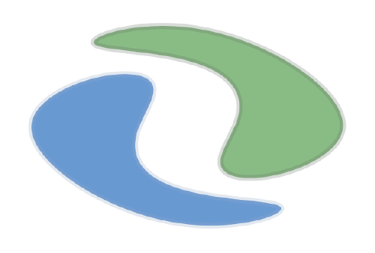Hypomyces Lactifluorum
Image By Daniel Josefchak
Commonly known as Lobster Mushroom, is a parasitic organism that infects and alters the appearance of its host mushrooms. Here's a description of Hypomyces lactifluorum in terms of its parasitic nature:
Hypomyces lactifluorum is a parasitic fungus that colonizes and transforms certain mushrooms, typically species from the Russula or Lactarius genus. Rather than growing independently, Hypomyces lactifluorum infects the host mushrooms and undergoes a remarkable alteration of their physical characteristics. This parasitic relationship results in the formation of what is commonly known as the Lobster Mushroom.
When Hypomyces lactifluorum infects a host mushroom, it gradually replaces the tissue of the mushroom's cap and transforms its appearance. The original cap color and texture of the host mushroom are completely altered. The infected mushroom takes on a bright reddish-orange to vibrant orange color, resembling the appearance of a cooked lobster, hence the name "Lobster Mushroom."
The transformation occurs as Hypomyces lactifluorum absorbs nutrients from the host mushroom, redirecting its resources to support its own growth and reproduction. The parasitic fungus essentially consumes the host mushroom while replacing its tissue with its own mycelium. This process leads to the complete restructuring of the infected mushroom's cap and the suppression of its reproductive structures, such as gills, as they are transformed into the spore-producing surface of Hypomyces lactifluorum.
Despite the parasitic nature of Hypomyces lactifluorum, it is important to note that the Lobster Mushroom is still considered edible and is highly sought after by foragers due to its unique flavor and appearance. However, it is crucial to properly identify both the host mushroom and the presence of Hypomyces lactifluorum before consuming the Lobster Mushroom.
Understanding the parasitic nature of Hypomyces lactifluorum is essential for accurately identifying and appreciating the fascinating relationship it forms with its host mushrooms.
Description
1. Cap: The cap of Hypomyces lactifluorum is irregularly shaped and can vary in size, often reaching 5 to 15 centimeters in diameter. It is firm, dense, and typically has a reddish-orange to vibrant orange color. The surface may have irregular bumps or lobes, resembling the texture of a cooked lobster.
2. Gill: Hypomyces lactifluorum does not have gills. Instead, it forms a parasitic relationship with other mushrooms, often Russula or Lactarius species. The original gills of the host mushroom are transformed into a spore-bearing surface covered by the white to pale orange spore mass of Hypomyces lactifluorum.
3. Stem: The stem of Hypomyces lactifluorum is usually absent or very short. Since it is a parasitic fungus, it does not have a typical stem structure. The Lobster Mushroom is essentially the altered form of the host mushroom's cap.
4. Spores: The spores of Hypomyces lactifluorum are typically white to pale yellow or orangish in color. The spores are released from the spore mass that covers the transformed gill surface of the host mushroom.
5. Habitat: Hypomyces lactifluorum can be found growing on various species of Russula and Lactarius mushrooms. It parasitizes these mushrooms, altering their appearance and texture. Lobster Mushrooms are often found in forested areas, particularly in coniferous or mixed forests.
Please note that the appearance of Hypomyces lactifluorum can vary depending on the host mushroom it parasitizes, as well as other environmental factors. It is essential to properly identify the host mushroom and be familiar with its characteristics to confidently identify the Lobster Mushroom.





